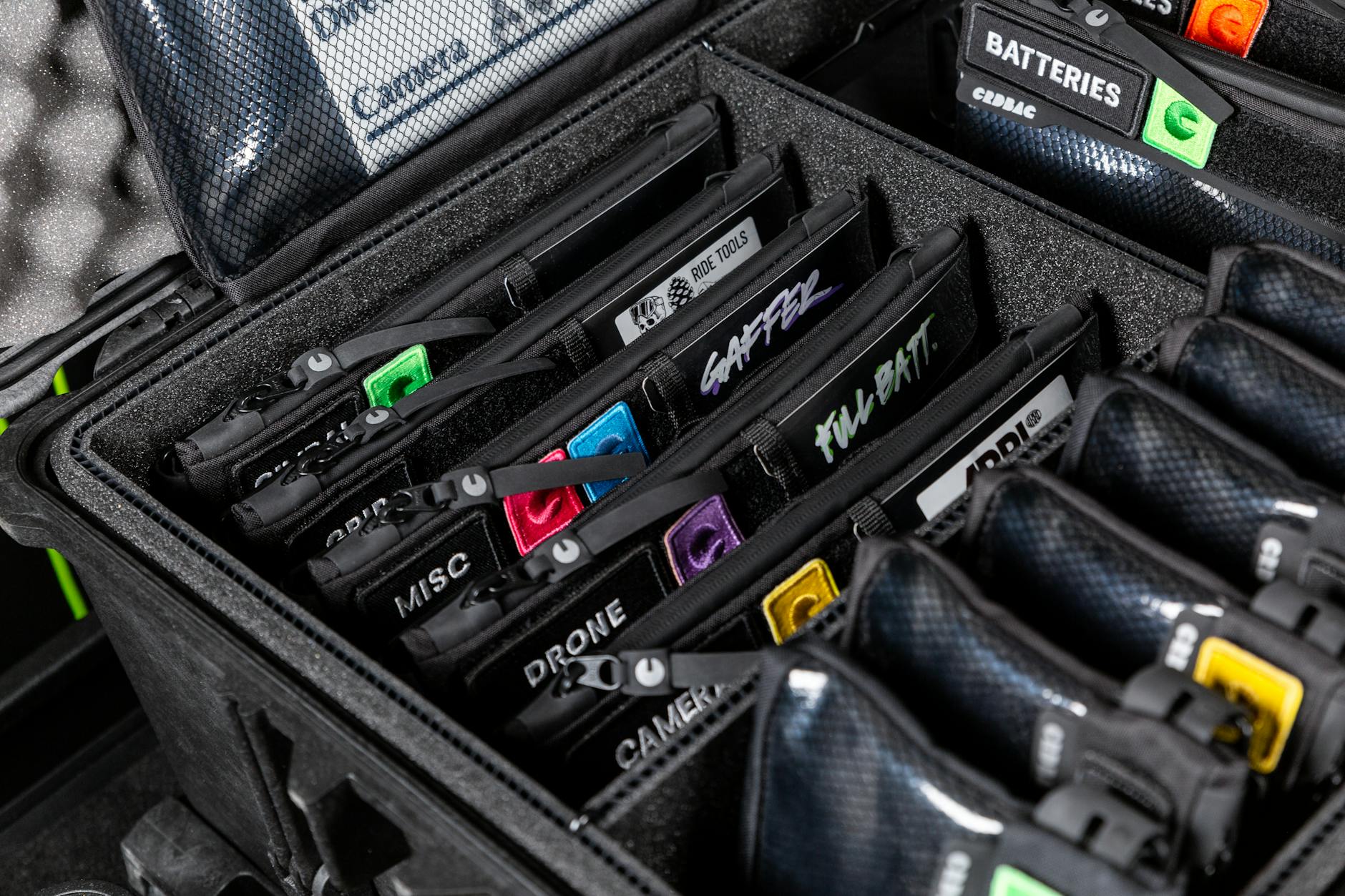The Trial as Spectacle: How Media Narratives Shaped the Case of Sam Bankman-Fried

The conviction of Sam Bankman-Fried on all seven counts of fraud and conspiracy in November 2023 was the definitive conclusion to one of the most spectacular corporate collapses in history. The fall of his cryptocurrency exchange, FTX, was a story of immense financial devastation. But the trial itself was a story about something else: the raw power of communication and the triumph of a simple, compelling narrative over a complicated, and ultimately unbelievable, one.
The case provides a fascinating look at how our modern media environment shapes our perception of guilt and innocence, long before a jury ever renders a verdict. It was, from start to finish, a battle of stories.
The Rise of a Character: The Nerdy Boy Genius
For years, the public narrative surrounding Sam Bankman-Fried (SBF) was one he and his public relations team carefully cultivated. He was not a typical CEO. He was the boy genius, the quirky math nerd from MIT who slept on a beanbag chair, played video games during meetings, and was pioneering a new, more ethical form of capitalism called "effective altruism."
This narrative was incredibly effective. It disarmed reporters and charmed investors. It created a powerful personal brand that suggested his primary motivation was not greed, but a desire to use his intellect to make the world a better place. This story was his greatest asset, allowing him to build a $32 billion empire on a foundation of profound risk and deception.
The Narrative Collapse
When FTX collapsed and the scale of the fraud was revealed, SBF's primary challenge was to control the new narrative. His strategy was a high-risk media blitz. In a series of interviews from his home in the Bahamas, he attempted to reframe the story. He argued that he was not a criminal mastermind, but an inexperienced and overwhelmed CEO who had simply made a series of terrible risk management mistakes. It was a story of incompetence, not malice.
This narrative failed spectacularly. His inability to give direct answers, his constant claims of ignorance about the inner workings of his own company, and his apparent lack of remorse came across not as the confusion of a well-meaning nerd, but as the evasions of a guilty man. He was, in effect, testifying against himself in the court of public opinion.
The Prosecution's Simple Story: Greed
In the courtroom, the federal prosecutors presented a much simpler, and far more powerful, narrative. Their story was not about complex blockchain technology or corporate risk management. It was one of the oldest stories in the world: a story about greed.
They used the clear, direct testimony of SBF's former inner circle to paint a picture of a man who had knowingly and repeatedly stolen billions of dollars of his customers' money to fund a lavish lifestyle, make risky investments, and buy political influence. They presented the jury with a clear, easy-to-understand motive.
SBF’s own testimony on the stand was the final nail in the coffin. He came across as evasive, pedantic, and unable to provide a coherent explanation for his actions. He was trying to tell a complicated story to a jury that had already been convinced by the prosecution's simpler, more primal one.
The SBF trial was a powerful lesson in the art of persuasion. It demonstrated that in a complex world, the simplest and clearest narrative often wins. It showed that personal branding can build an empire, but it cannot serve as a defense against the clear, hard facts of a crime. And it proved that even in a case involving billions of dollars and cutting-edge technology, the most powerful story of all is still the simple one about right and wrong.
